In the 1920s, previously healthy cattles in the prairies of Canada and North America began dying from internal bleeding with no obvious cause. One thing the farmers at that time do know is that these cattles had grazed on sweet clover hay (Melilotus alba and Melilotus officinalis), and those internal bleeding deaths occurred most commonly when the climate was damp and the hay had become infected with mould. This disease was later known as 'sweet clover poisoning', and it went on taking the lives of many cattles a decade later.
Image via "_DSC0250" by Putneypics is licensed under CC BY-NC 2.0
It wasn’t until 1940s that scientists discovered a natural substance called coumarin was oxidized in mouldy hay to produce 3,3′-methylene-bis(4-hydroxycoumarin), which would become better known as dicoumarol. Scientists back then thought that dicoumarol would make a good rat poison, but because this chemical substance acted too slowly to become a practical poison, they kept modifying it. In the end, they arrived at the best variation of this poison, and named it after the funding agency – warfarin.
The use of warfarin in human
Blood clots are our body’s natural response to injuries; they ‘shut down’ the exit before too much blood is lost. However, in certain medical conditions, abnormal blood clots can form and ‘clog up’ your blood circulation instead, leading to reduced oxygen supply to organs and even death. That’s where anticoagulants come into handy. Anticoagulants, also called blood thinners, are a group of medications that are used to prevent abnormal blood clots.
"Beginning of a blood clot on an implanted medical device" by ZEISS Microscopy is licensed under CC BY-NC-ND 2.0
Back in the 1950s, heparin was the only anticoagulant available at that time. However, heparin can only be administered via injection or infusion; and its effects can start pretty quickly (immediately to 30 minutes), which make it harder for doctors to reverse its action in case of over-anticoagulation.
Here’s when warfarin transitioned from a rat poison into clinical use in humans. Not only can warfarin be taken orally (which is more convenient than heparin), but its onset of action is slower (48-72 hours), which is safer and easier to manage than heparin.
Today, many people take warfarin to prevent blood clots in the following conditions
-
Leg clot (deep vein thrombosis, DVT)
-
Lung clot (pulmonary embolism, PE)
-
Irregular heart beating (atrial fibrillation) - People with irregular heartbeat are at risk of stroke because they are more likely to develop blood clots.
-
Heart attack
-
The placement of a mechanical or bioprosthetic heart valve
Warfarin and vitamin K
Ever wonder how warfarin stops blood clots from happening?
To explain that, we bring you: vitamin K. Vitamin K is one of the key components in forming a blood clot. Warfarin, on the other hand, is the ‘enemy’ to vitamin K (known as vitamin K antagonist). It prevents vitamin K from doing its jobs in forming blood clots.
Various strengths and brands of warfarin in KKM facilities. Image extracted from Bahagian Perkhidmatan Farmasi - Buku Rawatan Antikoagulasi (Warfarin)
INR blood test
Warfarin is slightly different from the majority of medications you take. Instead of just popping one to two tablets in the mouth and calling it a day, the amount of warfarin one takes is carefully tailored to every person’s blood clot ability. This makes sense: if you naturally have a higher tendency to form blood clots, you would need more warfarin than those who have less tendency to form blood clots than you. The reverse is also true: if you have a higher bleeding risk, then you would need less warfarin than someone who has a lower bleeding risk than you.
This is why people who take warfarin attend regular blood tests to evaluate their INR reading. INR stands for International Normalized Ratio, and healthcare professional interprets your INR reading as follows:
-
The normal/ target range of an INR is between 2.0-3.0. However, do note that different blood clot conditions may have a different standard of INR. For example, people who had placement of mechanical heart valves may have a different target INR depending on the type of valves they have.
-
The higher your INR is, the higher your bleeding risk. This is when taking warfarin may cause you to start developing internal bleeding, and it can get life-threatening if your INR does not fall back to the normal range.
-
The lower your INR is, the higher your blood clot risk. This is also bad because that means the warfarin you’re currently taking may not be enough to stop the abnormal blood clots forming in your body.
Your doctor or pharmacist can adjust your warfarin dose or advise you on your lifestyle choices based on your INR reading. The goal of having a regular INR check is to make sure that not only you won’t suffer from blood clot episodes, but also do not develop any internal bleeding.
However, do keep in mind that INR is still an estimation. In reality, your ability to clot blood or tendency to bleed are dynamic, i.e. they change from moment to moment. Nevertheless, INR is still the current best tool for healthcare professionals to evaluate your anticoagulation progress.
What can affect your ‘warfarin sensitivity’?
The following factors can affect how well you tolerate your current warfarin dose.
Other medications
Photo by Laurynas Mereckas on Unsplash
Medications that you take at the same time, whether they’re prescription medications or over-the-counter, may interact with warfarin. Some medications may interact slightly with warfarin and are not concerning, but some of the medications can effectively tip-off your warfarin sensitivity. For example, an antibiotic known as Bactrim can make you more sensitive to warfarin, which increases your risk of bleeding. Other equally concerning medications that should be taken with caution are:
-
Amiodarone (for irregular heartbeat)
-
Metronidazole (an antibiotic)
-
Fluconazole (an antifungal)
-
Ciprofloxacin (an antibiotic)
-
Rifampicin (an antibiotic commonly used in treating tuberculosis)
-
Phenytoin (for epilepsy)
-
NSAIDs painkillers and aspirin (unless your doctor prescribes them to you while knowing you’re on warfarin)
To avoid interactions between warfarin and your other medications, inform your healthcare professional all the medications that you’re taking so that modification to your warfarin therapy can be done.
Diet
Photo by Olya Shnarkevich on Unsplash
Particularly foods which are high in vitamin K content, such as leafy green vegetables, can change your INR too. Because the amount of warfarin you take is determined by your INR in the last blood test, you should always keep the amount of leafy green vegetables in your diet as consistent as possible. Do not suddenly increase or decrease leafy green vegetables intake in your diet during warfarin treatment.
Herbal/ traditional products and supplements
Since you already know the opposing relationship between warfarin and vitamin K, you shouldn’t take any vitamin K-containing supplements during warfarin treatment unless your doctor asks you to. Consult a healthcare professional before you start taking any herbal products or supplements.
Other factors
-
Other medical conditions such as kidney disease, liver disease and thyroid disorders
-
Alcohol intake
-
Poor nutrition
-
Old age
Warfarin do’s and don’ts
If you’re taking warfarin, it’s important that you know what to do and what NOT to do during this period. We covered that in this article.
Image credit: http://www.phna.info/blood-tests-inr--blood-thinners.html
A word from Doc2Us
If you have any questions related to warfarin, you can consult our professional doctors and healthcare professionals on Doc2Us. Doc2Us is a mobile application that allows you to talk to a doctor or any healthcare professionals via text chat at any time and from anywhere. For better communication, you can even send our online doctor images or voice messages related to your medical inquiry.
Download Doc2Us app on Apple App Store, Google Play Store and Huawei App Gallery; or use our web chat at https://web.doc2us.com/
Note: Doc2Us is not for medical emergencies. In the event of urgent medical conditions, please call 999.
Disclaimer: As a service to our users and general public, Doc2Us provides health education contents. Please note the date of last review or update on all articles. No content on this site, regardless of date, should ever be used as a substitute for direct medical advice from your doctor or other qualified clinician.
References
-
Bahagian Perkhidmatan Farmasi - Buku Rawatan Antikoagulasi (Warfarin)
-
Pharmaceutical Services Division - Anticoagulation MTAC (AC-MTAC) Protocol 2nd Edition 2020
-
American Heart Association - A Patient's Guide to Taking Warfarin
Cover image credit: "blood-clot" by vitualis is licensed under CC BY-NC-SA 2.0








